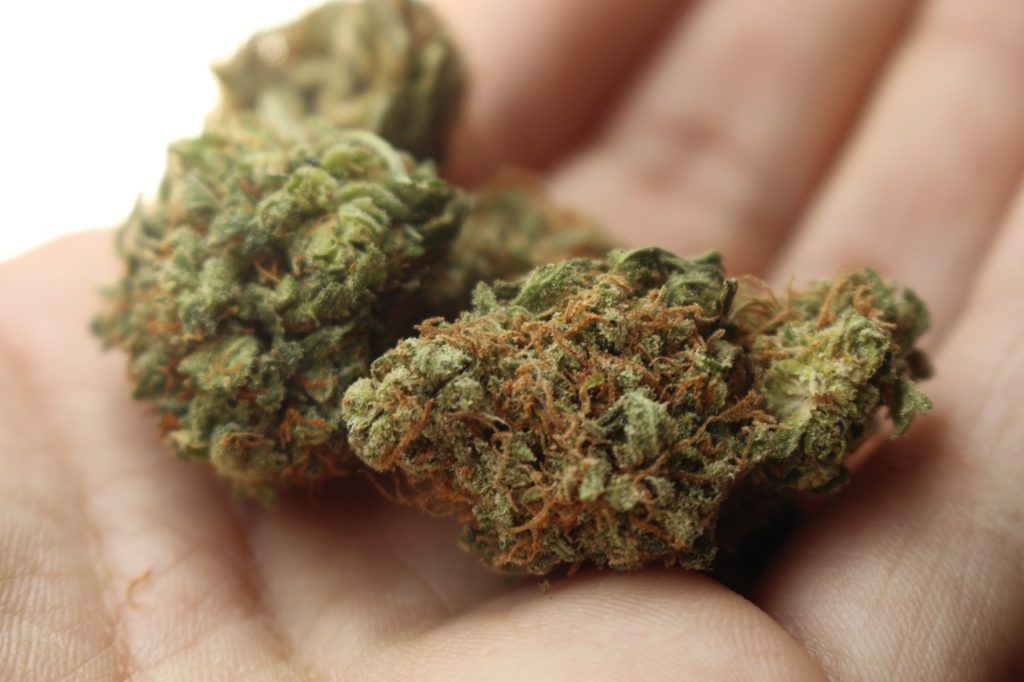
A new study reveals nuanced findings on the neuropsychiatric risks of prenatal cannabis exposure. The research found a slight increase in the risk of ADHD and a heightened vulnerability to cannabis use in offspring. These results highlight the need for continued caution and further investigation into the long-term effects of cannabis use during pregnancy.
A new study led by Prof. Ilan Matok and Hely Bassalov PharmD from the Department of Clinical Pharmacy at the School of Pharmacy in the Faculty of Medicine at Hebrew University in collaboration with Prof. Omer Bonne and Dr. Noa Yakirevich-Amir from the Department of Psychiatry at the Hadassah Medical Center, sheds light on the potential long-term neuropsychiatric risks associated with prenatal cannabis exposure. As the global trend toward cannabis legalization continues, the prevalence of cannabis use among pregnant women is on the rise, raising concerns about its impact on fetal development.
The study, a comprehensive systematic review and meta-analysis involving over 500,000 participants from observational studies, aimed to assess the potential risks posed by prenatal exposure to Δ9-tetrahydrocannabinol (THC), the primary psychoactive compound in cannabis. THC is known to cross the placenta, potentially affecting the developing fetal brain.
The results of the study provide a nuanced understanding of the potential risks. Most notably, the findings indicate no significant association between prenatal cannabis exposure and an increased risk of autism spectrum disorder (ASD), psychotic symptoms, anxiety, or depression in offspring. However, the study did identify a slight increase in the risk of attention-deficit/hyperactivity disorder (ADHD) and a heightened vulnerability to cannabis consumption in children exposed to cannabis in utero.
“These findings suggest that while prenatal cannabis exposure does not appear to increase the risk for many neuropsychiatric disorders significantly, there is still a mild increase in the risk for ADHD and a greater likelihood of cannabis use in the offspring,” said Prof. Matok. “This calls for cautious interpretation, as it does not confirm the safety of cannabis consumption during pregnancy.”
The study emphasizes the importance of continued research in this area, especially given that most of the studies on the subject were conducted between the 1980s and early 2000s when cannabis was characterized by considerably lower Δ9-THC content than currently used compounds. Thus, findings presented in the current study may potentially underestimate the impact of contemporary prenatal cannabis exposure on long-term neuropsychiatric outcomes.
“While our study provides important insights, it is crucial to recognize that these results are not definitive. Pregnant women should be aware of the potential risks, and healthcare providers should continue to advise caution when it comes to cannabis use during pregnancy,” Prof. Matok added.
This research marks a significant step forward in understanding the complex relationship between prenatal cannabis exposure and neuropsychiatric outcomes in children. As the legal landscape surrounding cannabis continues to evolve, studies like this will be essential in guiding public health recommendations and ensuring the well-being of future generations.